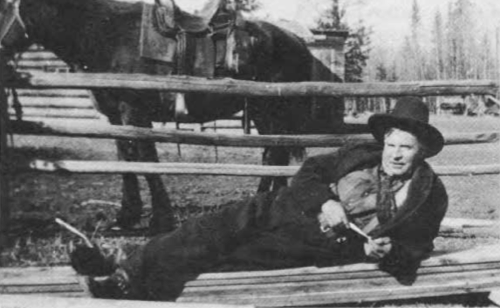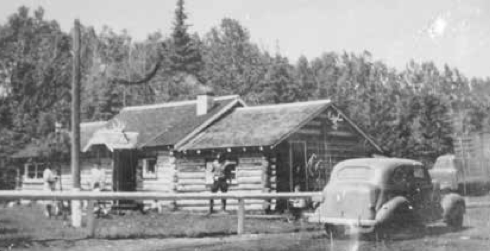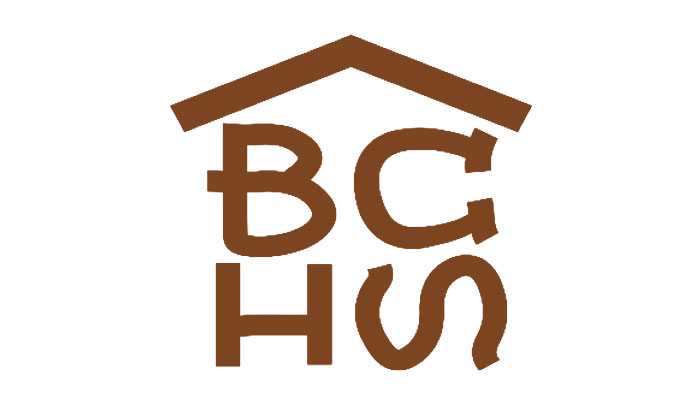Yoho Tinda — and the Ghost of Old Joe Woolings
Unlike other parts of Bragg Creek, the land where Yoho Tinda sits does not have a history of homesteaders. The original section of land, and others north of Bragg Creek, belonged originally to the Canadian Pacific Railway (CPR). Land grants reserved either for the purposes of tracks or to re-sell to fund CPR’s expansion westward, had been common practice in the settling of Canada’s West.
Well-known local Joe Woolings, a veteran of the Boer War, lived on this property for a while, although he eventually patented and settled a quarter section closer to Priddis in 1911. Joe loved to prospect and was successful finding coal, specifically west of the Ranger Station in the forest reserve. His name is found in many of the early local oil drilling stories, when coal was used to fuel these operations. One story often told of Woolings was about when he was gathering horses on his friend Frank Hopkin’s ranch near Priddis. He tied his horse to a tree, the horse pulled back, uprooted the tree and uncovered a seam of coal. It became the Fish Creek Mine, opening in 1911. By 1914 Woolings, along with Jake Fullerton, was hauling its coal to the Mowbray-Berkeley well in Bragg Creek.

-Photo courtesy Winnie McLuskey
The CPR didn’t release the NE 1⁄4 13- 23-W5W until 1946 when an Olive Blanche Prowse from Black Diamond was listed on the Certificate of Title. By December, it had been sold to Herbert Sahlin of Calgary, Stanley A. and Ernest Thomas Murtha of Bragg Creek. Sahlin was also known as the Bert of Calgary’s Bert’s Taxi. By the 1950s, a little over 20 acres along the river was pieced off and named Yoho Tinda. The name came from a Banff Park warden friend of Sahlin’s, referencing the Canadian National Parks ranch named Ya Ha Tinda.

Yoho Tinda operated as a resort destination with six log cabins built side-by-side in a row, not far from the riverbank. There were also platforms with canvas for “glamping” 50’s style. Jack and Joan Merryfield ran the resort while Jack also operated his trucking business. Still standing today is the main house/office that was pieced together earlier by bringing three cabin structures together. Stories of the ghost who shares the original house are still told. As long as “Old Joe” is comfortable with his roommates, he moves around freely, opens closed doors and keeps the rocking chair “rockin.”
After Bert died, his wife Lillian took over the land, still almost a quarter section, with a few acres taken for a roadway and sold it in 1966 to a land development company, Diploma Investments. Yoho Tinda was then divided into 22 approximate half-acre lots and sold as vacation property. The rest of the land, between Yoho Tinda and the current dump, was later pieced off and sold to private owners throughout the 70s.
One of the first set of “Calgary commuters” in 1966, Hector and Jean Williamson, bought one of the original cabins to live in permanently. By then, Highway 22 had been straightened and paved. (The earlier rendition sported forty curves from Bragg Creek to what some still call Robinson’s corner, the last one before Highway 8.) Water was still collected from the river at that time and with no indoor plumbing, a trip to the loo required a jacket, boots and a flashlight. Perhaps the beginning of Bragg’s hippie-cabin era?
by Michele McDonald
Sources: Our Foothills Manitoba: Freisen. 1975; Nylund Marie, notes, February 2020; Calgary Herald, June 12, 1948; Alberta Government Services Land Titles Office


























